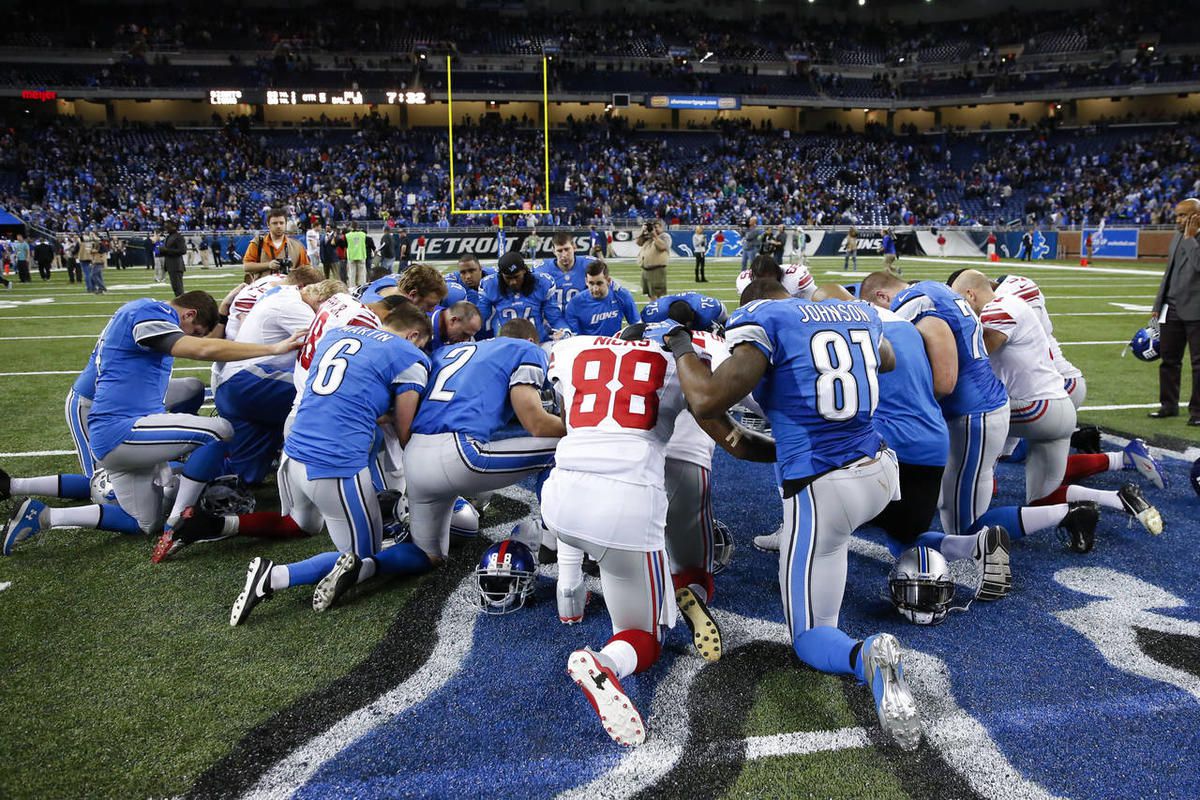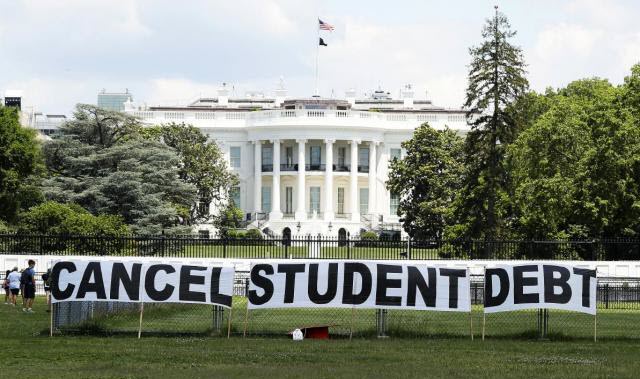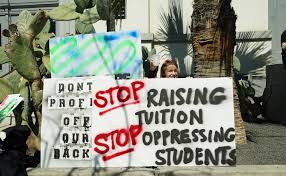How Media Went Off the Rails Over Durham Investigation Findings
“[T]he biggest election and presidential spying scandal in the history of this great country”, is how Sean Hannity described it on Fox News. “This is far worse than Watergate”.
Late on the Friday before Valentine’s Day, Special Counsel John Durham released a court filing which stated that a “Tech Executive-1” with access to White House computer servers during the 2016 presidential campaign had “exploited” for unauthorized purposes Internet traffic data from and to the 
White House and other locations. News outlets on the right immediately proclaimed this to be proof that Donald Trump had been right all along, that “They spied on my campaign”, as he said to Lesley Stahl of “60 Minutes” in an October 2020 interview. Stahl repeatedly rejected the claim, saying, “There’s no real evidence of that”. Son Eric said this week that, “Lesley Stahl owes my father an apology”, except that there was no evidence.
The Durham filing was a follow-up to an indictment in September of lawyer Michael Sussmann, who specializes in computer related cases. Sussmann had been in contact with “Tech Executive-1”, as Durham masked the individual’s name in his document, who had come upon suspicious Internet activity that Sussmann took to the FBI. The Durham allegation is that he lied to the FBI’s general counsel, James Baker, telling him that he was not representing a client when in fact his firm, Perkins-Coie, was engaged by the Hillary Clinton campaign.
Durham was appointed by former Attorney General William Barr, who had voiced strong objections to there being any investigation whatever into a presidential candidate’s campaign. Barr wanted Durham to counter his own department’s probe, first by the FBI and then handed to Special Counsel Robert Mueller, into possible Trump-Russia collusion. Durham was charged with finding out whether there were any predicates that could justify the Russia enquiry, none being the desired answer.
Durham’s investigation has now run half again longer than Mueller’s and has come up with only three indictments, one being a second lie to the FBI, the third being the doctoring of email information to assure that surveillance of former Trump campaign adviser Carter Page would be approved by the FISA court. The Sussmann indictment was for only the single count of lying yet it ran to 27 pages. Durham has been accused of using it as a vehicle to get stories out that are prejudicial to the Russia investigation but are not actionable.
Tech Executive-1 was identified by The New York Times as Rodney Joffe, working for Neustar, a company contracted to manage and monitor dedicated White House computer servers. Joffe’s group had come up with traffic between the Trump Organization and “Russian Bank-1” — Russia-based Alfa Bank which has ties to the Kremlin. The Trump server intermittently received short bursts of activity from Alfa and would then fall silent. The only other activity on the idle server was from a healthcare providing company. Joffe turned this anomalous activity over to Sussmann who took it to the FBI.
The story of the mysterious Alfa Bank transmissions surfaced in the media and was never conclusively solved, but was ultimately thought only to be advertising campaign messages from the bank which had the Trump server in its promotional address list, a surmise that would explain the healthcare outfit’s communications as well.
Sussmann would later go to “Agency-2” (assumed to be the CIA) in February 2017, where there, too, he allegedly lied by denying his association with the Clinton campaign. Joffe had given Sussmann data that identified traffic from IP addresses affiliated with a “Russian Phone Provider-1” that meant “Trump and/or his associates were using supposedly rare, Russian-made wireless phones in the vicinity of the White House and other locations”, in the words of the filing. There was no explanation of how or who, Durham or Sussmann, had concluded that “Trump and/or his associates” were the ones using the phones.
Sussmann may have run the risk of lying to both the FBI and CIA in the belief that if he admitted his connection to the Clinton campaign, both agencies would have dismissed him as a political huckster.
out of bounds
The Durham filing says it has evidence that Joffe and associates had tracked “domain name system (“DNS”) Internet traffic” to and from the Executive Office of the President of the United States (“EOP”), Trump Tower, Donald Trump’s Central Park West apartment building, and that healthcare provider. This is what the right-wing media has labeled spying.
Access to the Trump Organization and a Trump apartment building without their knowledge or consent would seem to validate that claim, although somewhat mitigated by what seems in Trump Tower only to be the single otherwise sleepy server occasionally bombarded with Alfa Bank messages. But in their yearning for Durham to finally come up with something to support their claims that the Russia investigation was a hoax, the media on the right went berserk with accusations and managed to get just about everything factually wrong with a heavy dose of deliberate distortion that became the bigger story.
First, this explanation: The Internet doesn’t deal in the names of websites. When you type in a “domain name” such as “www.letsfixthiscountry.org”, the Domain Name System (DNS) finds the website’s Internet Protocol (IP) address, its unique cluster of numbers such as 209.182.192.69 that the Internet actually uses as identifier. The original domain name is left by the wayside. The Joffe crew was engaged in “DNS lookup”. When a message came into the White House, they would backtrack the IP address to find out the source — the human-convention name of the website from which the message was sent — to check for questionable intruders. DNS data is publicly available for such analysis. It contains no text or email messages, no voicemail, just source and destination coding and logging data.
Tucker Carlson wouldn’t understand that. He told his audience that the White House crew was looking at content, “that is e-mails and presumably text messages”.
John Ratcliffe, Trump’s last director of national intelligence, must have spoiled the glee momentarily with his honesty when he said on Fox News about the high-tech company that there was no hacking. Nothing illegal took place. Marcy Wheeler, an independent journalist specializing in cyber investigative reporting at her site emptywheel.net, says “Rodney Joffe was trying to keep Obama safe from hackers. That’s all it is.”
Note “Obama”. Hannity threw truth to the winds with the following total fabrication,
“[T]he Clinton campaign paid a tech firm to infiltrate the servers at Trump Tower and then later infiltrate the servers at the Trump White House.”
Donald Trump made the same false claim, that there was spying “by operatives paid by the Hillary Clinton Campaign”. The tech firm was under a government contract, did not therefore “infiltrate”, a word that appears nowhere in the Durham filing, was not paid by the Clinton campaign, and had no access to the White House once Trump moved in. Ohio Representative Jim Jordan, ranking member of the House Oversight Committee, boosted the same falsehood that “we found out from this filing that they actually spied on a sitting president”. Nobody spied on Trump’s White House. Nor on Obama’s White House. They were there for a reason.
Wall Street Journal columnist Kimberley Strassel, whose mission has for years been to portray the 2016 Trump campaign’s contacts with Russians as hoax, said,
“Look, we had the Clinton campaign via its law firm engaging private contractors who had secret government contracts to mine data related to Internet traffic in the White House. That’s enormous. That’s a huge deal.”
That’s also a huge lie. There is no evidence of the Clinton campaign engaging Joffe and his crew, and Durham says that Sussmann was representing Tech Executive-1 as his lawyer when he “assembled and conveyed the allegations to the FBI”. Joffe was Sussmann’s “client”.
To be clear, Mr. Joffe was not exactly saintly in Durham’s telling.
“Tech Executive-1 also enlisted the assistance of researchers at a U.S.-based university who were receiving and analyzing large amounts of Internet data in connection with a pending federal government cybersecurity research contract. Tech Executive-1 tasked these researchers to mine Internet data to establish “an inference” and “narrative” tying then-candidate Trump to Russia.”
Joffe was “seeking to please certain ‘VIPs'” at the Clinton campaign, Durham tells us, but Tucker Carlson hallucinates that “Hillary Clinton had promised him a job as a top cybersecurity officer in the U.S. government”. There is no evidence of any such promise nor contact between Joffe and the Clinton campaign. Rather, he hoped to get a job once Clinton was in the White House and was out to impress the Clinton team with his helpful sleuthing.
However unseemly, opposition or “oppo” research to find unsavory data about a rival political candidate is standard practice. In the other camp, Donald Trump Jr. was welcoming a Russian lawyer who promised she had dirt on Hillary Clinton, e-mailing her “If it’s what you say, I love it”, and Papa Trump was eager for the WikiLeaks download of Hillary Clinton e-mail stolen by the Russians.
But it was unethical for Joffe to have “exploited” his White House perch, using it for “mining the EOP’s DNS traffic and other data for the purpose of gathering derogatory information about Donald Trump” as Durham wrote. At this, an aghast Tucker Carlson lost his bearings of time and place, fulminating, “Democrats were spying on Donald Trump, not just as a candidate, but as President of the United States in the White House.“. He fed his viewers the absurdity that Joffe somehow managed to stay on when Trump moved into the White House and continued to gather opposition research for Hillary Clinton months after she had lost the election.
media blackout?
Hannity began his show “with a story the media mob refuses to report…
“because they are accomplices … They have lied the entire time. They advance their propaganda almost hours a day seven days a week and they did it for over three years.”
Conservative media joined the chorus. Mollie Hemingway, editor in chief of The Federalist, concurred with…
“The failure of these other media outlets to cover it is only a reflection of their own complicity in the corruption of the regime and how they will do whatever it takes to control and keep power”.
“Counsel John Durham continues to unravel the Trump-Russia ‘collusion’ story”, was the opening sentence of an editorial in the Journal, lamely trying to inflate Durham’s work product far beyond actuality. The Journal escalated the story further than even Fox hysteria declaring that it was Joffe’s discovery of Alfa Bank pinging a Trump Tower server and Russian phones in D.C. that led to…
“secret and unjustified warrants against a former Trump campaign official [Carter Page], and later for Robert Mueller’s two-year mole hunt that turned up no evidence of collusion.”
That is not what led to the investigation. Such remarks are plentiful in the Journal‘s long campaign in its opinion pages to make the Trump-Russia contacts story vanish, as we previously covered in “The Other Big Lie the Wall Street Journal Wants You to Believe”.
Trump said in a statement,
“The press refuses to even mention the major crime that took place. This in itself is a scandal, the fact that a story so big, so powerful, and so important for the future of our nation is getting zero coverage from LameStream, is being talked about all over the world.”
All over the world it isn’t, of course, but hyper-invention about something he could not know is Trump’s brand.
In fact, liberal media was all over it, still the hot story almost a week later in successive articles as the mess the right-wing media made of it made its own news. The Times, The Washington Post, multiple hosts at CNN, MSNBC, NPR — it became universal.
It is a recurring theme of right-wing media to accuse their left-wing counterparts of hiding stories “that make their team look bad”. When making that claim, right-wing media knows that those who watch only their output will never know otherwise. They are left believing Donald Trump still saying as the week wore on “the now totally discredited Fake News Media does everything they can not to talk about it.”
As the story grew, Hillary Clinton weighed in with, “Trump & Fox are desperately spinning up a fake scandal to distract from his real ones.” Durham himself had to come forward to distance himself from “third parties or members of the media [who] have overstated, understated or otherwise misinterpreted facts.” It seems he was taken by surprise just how distorting the “journalism” practiced by media on the right can be.
is that all there is?
The filing’s purpose was actually to ask the court to be aware of the overlapping conflicts of lawyers representing the parties in the case, but Durham uses it to work in findings extraneous to Sussmann’s offense “plainly intended to politicize this case”, says his attorney. It is noteworthy that Durham goes no further than the Sussmann charge of five months ago. There is no hint of further indictments, not even of Rodney Joffe, who isn’t even named, because, while Durham wants to make public whatever skullduggery he has found, after two-and-a- half years he evidently hasn’t come up with enough to bring further cases.




